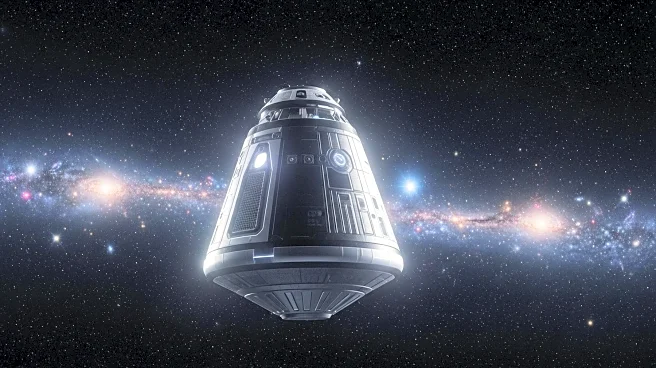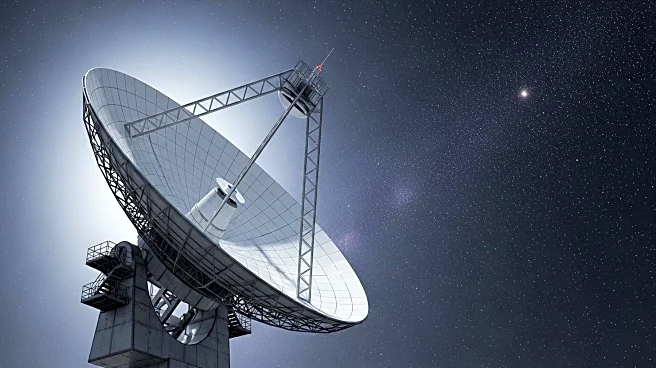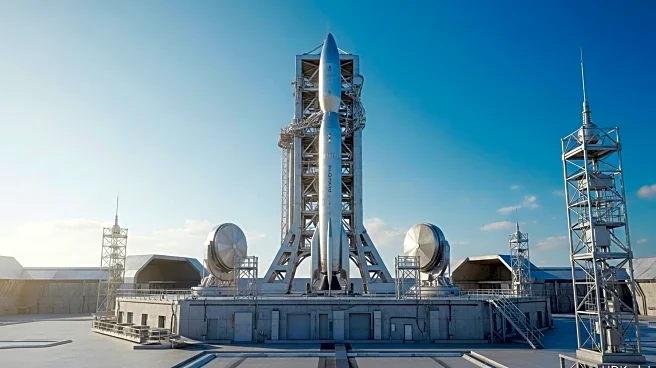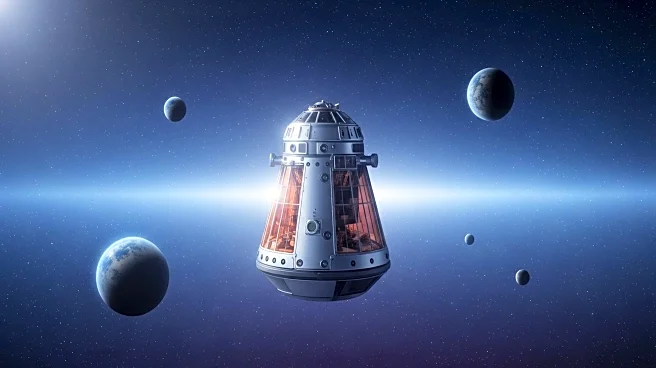What is the story about?
What's Happening?
Alfred Charles Bernard Lovell, born on August 31, 1913, in England, was a pioneering physicist who significantly contributed to radio astronomy. After completing his Ph.D. in 1936, Lovell worked on cosmic rays research at the University of Manchester. Post-World War II, he utilized surplus radar equipment to establish the Jodrell Bank Observatory in 1945. Lovell oversaw the construction of the 76-meter Mark 1 radio telescope, which became operational in 1957. This telescope gained international prominence by tracking Sputnik 1, the first artificial satellite, and played a crucial role during the Cold War by tracking long-range missiles. Lovell served as the director of Jodrell Bank until 1981, and the main telescope was renamed the Lovell Telescope in 1987 in his honor.
Why It's Important?
Lovell's work at Jodrell Bank Observatory marked a significant advancement in radio astronomy, providing critical insights into cosmic phenomena. The ability to track Sputnik 1 demonstrated the observatory's technological prowess and positioned it as a key player in global scientific research. During the Cold War, Jodrell Bank's capability to track missiles underscored its strategic importance, contributing to national security. Lovell's legacy continues to influence modern astronomy, as the observatory remains a vital research facility. His contributions have paved the way for future developments in radio astronomy and space exploration.
What's Next?
The Jodrell Bank Observatory continues to be a hub for astronomical research, with ongoing projects that build upon Lovell's foundational work. Future advancements in radio telescope technology may further enhance the observatory's capabilities, allowing for deeper exploration of the universe. The observatory's historical significance and continued operation ensure that Lovell's legacy will inspire future generations of scientists.
Beyond the Headlines
Lovell's establishment of the Jodrell Bank Observatory not only advanced scientific research but also highlighted the intersection of science and politics during the Cold War. The observatory's role in missile tracking exemplifies how scientific facilities can contribute to national security. Additionally, Lovell's work demonstrates the importance of repurposing technology for peaceful scientific endeavors, a practice that remains relevant in today's technological landscape.
AI Generated Content
Do you find this article useful?















